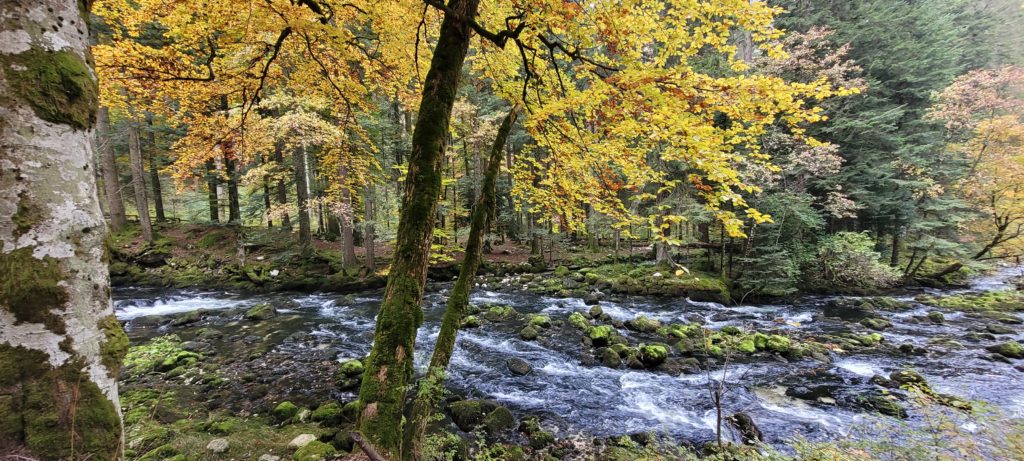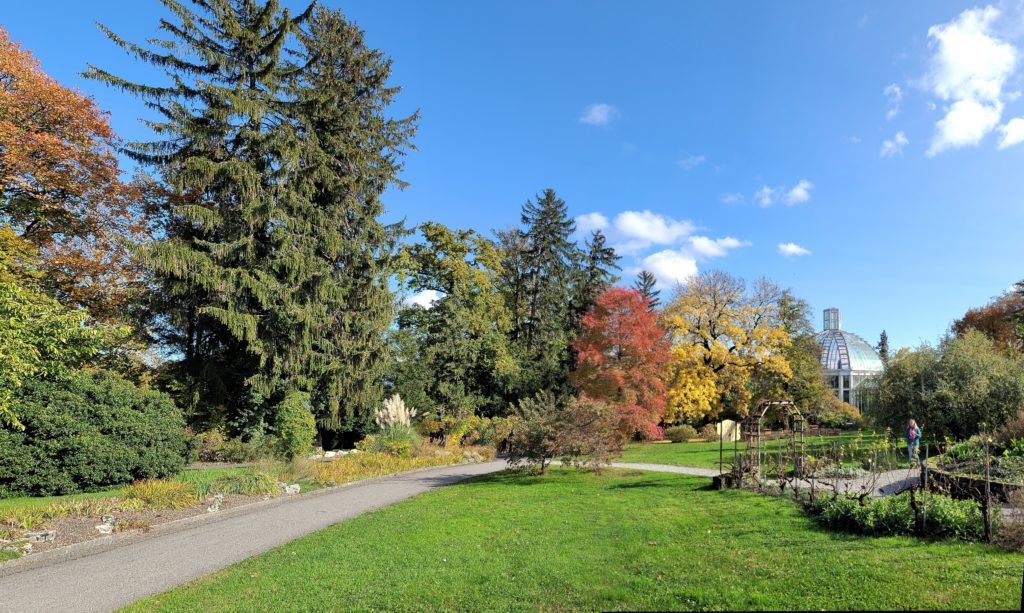Introduction
In the part 1, I have introduced the purpose of the tests I am doing. In this 1st part, I have genuinely compared the Samsung S20 Fan Edition FG (“S20 FE” in this post) with an APS-C camera (Nikon Z50) and an old but respected full frame Nikon D750. The point of these tests is to evaluate how far I can trust a modern smartphone as an enthusiast photographer. The smartphone has proven to be a quite good camera in non-demanding conditions (still subject, plenty of light available), at least for its wide-angle camera and to a lesser extent for the ultra-wide angle. The tele lens has proven it was quite limited though.
In the part 2, I have compared the same cameras in low light conditions. The results of the smartphone as soon as you shoot RAW are very much aligned with what you could get with enthusiast compact cameras just a couple of years ago. This is making the smartphone a real alternative for such conditions, with some limits of course but from this perspective, the smartphone has certainly become a “real” camera for enthusiasts in low light photography. Like all cameras , it comes with some flaws but a nice tool.
In this post, I am going to compare the smartphone to the two Nikon cameras (D750 and Z50) for Panoramas.
What Panorama means for this test
Panorama are images stitched together, that is straightforward. However, the process to generate panorama can be basically of two kinds: either done automatically by the camera, or at post-process with a dedicated software. The latter is usually only for the more demanding ones, as shooting and post-process are two different animals. One can get a fantastic camera with a poor panorama sensor, and conversely. However, streamlining the process can be important too and it can make sense to generate the panorama “on the field” and not behind a screen hours later.
Tests Results
We already know a part of the answer as Panorama are images stitched together. So, the main limitation of smartphone – most of the time less pixels than bigger sensor – is by definition less important, unless you specifically want Panorama for hundreds of megapixels. But that’s not a kind of corner case for a niche market. Furthermore, even if not all sensors of your smartphone can shoot RAW images, it is also less important, it just means maybe more images like for the Samsung S20 Fan Edition for which no RAW images are available with the ultra-wide angle. As we know the performances of its main sensor are particularly good for both non-demanding and low light conditions, these images can make great panoramas in many circumstances. It is always arguable, it depends on how you shoot but long story short, this smartphone is a very capable camera. And so can it be too for panoramas.
When it comes to the second part, “can the Panorama process streamlined generate excellent panorama straight out of the box ?”, the first test I have done has proven the Samsung software is somewhat limited. Indeed, it tries to automate everything, and this can be misleading. It is not a question of “smartphone” or “another camera”, it is just due to the software approach. This is fine for consumers, but not great for enthusiasts who like to be able to choose the options they need. For instance, with this below panorama, the choice of the perspective (done by the software automatically) was not fantastic, a euphemism with a significant part blurred in the process:

But if you use another software, for Android I like Bimostitch for instance, you can choose the perspective you want and you have access to other options in a streamlined way as well:

And if you demand your preferred software for stitching images, nothing prevent you from doing it from RAW files later as well. Again, that’s not specific to smartphone.
Conclusion
Samsung software for stitching images, as coded for the S20 Fan Edition, looks more like a consumer than a prosumer one. But nothing prevents you from using better apps, or like for any other camera, your preferred stitching software (Hugin, LightRoom, Photoshop, whatever…).
As the wide sensor (26 mm equivalent Full frame) has proven to be an efficient tool for enthusiasts in several circumstances, it is making this smartphone a remarkably interesting tool for enthusiast photographers. There are limits and constraints as usual, but it is definitively a “real” camera for enthusiasts from a panorama perspective as well.


